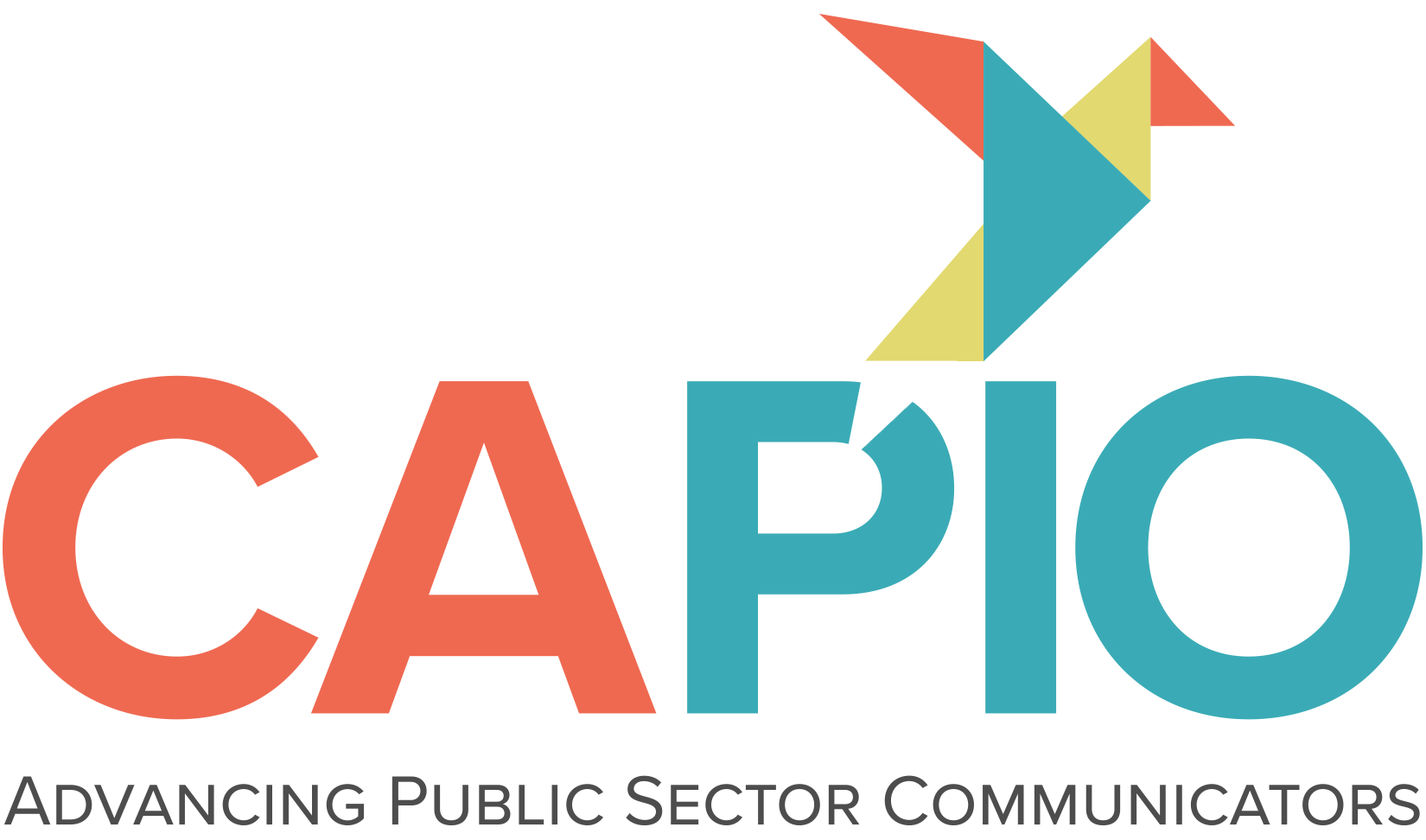Media relations: communicating to diverse audiences
When communicating to a diverse audience, media outreach can be a
critical component to effectively reaching your targeted public.
Having a strong media relations strategy can help you build
credibility with your audience, however, how to execute your plan
must be evaluated from beginning to end. Use the RPIE
(research, planning, implementation, evaluation) process to help
guide your strategy. 
Understand your audience. Starting with research, take the time to understand who your target audience is. What do they read? What do they listen to? What do they watch? Take the time to get to know the reporters who cover stories that can answer these questions. What can you learn from research and experiences about your audience? Make sure to include what you know and demonstrate that in your messaging. Make sure that both verbal and visual messaging are culturally sensitive. If you are providing a reporter with visuals, do the broll and photos accurately resemble our audience? Your goal is for the receiver of your materials to identify with what they see, read and hear. Understanding diverse audiences is essential; remember this when communicating with reporters too. Genuinely connecting with reporters from other cultures or diverse backgrounds can have a lasting impact on your relationship with him/her.
Be mindful of translations. If your audience speaks another language and you need to translate a news release, do not rely on Google Translate. Always work with a trusted translator and never rely solely on online translator applications. When you are sending a news release to the media you want to make sure that it demonstrates you care enough about their audience/ reader/ listener to have a proper translation.
Make your pitch relevant. Your pitch needs to tie back to your preliminary research to utilize what you already know about your audience. Just as in pitching general market media, prove that your story is important to the receivers of the story. Try to tie your pitch into something timely or to something that is relevant to your target audience. You want your pitch to resonate with the reporter and their audience.
Select a relevant spokesperson. Providing a relevant or in-language spokesperson is valuable for TV, radio and podcasts. If you are reaching an audience that speaks a language other than Spanish, think about your team. Is there someone internally that could serve as a potential spokesperson? Having a trained spokesperson who speaks the language of your audience can help your chances of securing media coverage. Is there a team member that can identify with your audience based on their experiences within a diverse audience? Could they serve as a strong spokesperson due to their knowledge?
Also, if you have a Spanish speaking spokesperson, you can sometimes leverage a general market/English interview with NBC if you are pitching Telemundo. Because Telemundo is owned by NBC you may be able to leverage this relationship.
As you think about your media relations strategy for reaching a diverse audience keep these simple steps in mind. Even if you don’t share the same diverse backgrounds as your audience, a basic understanding of who they are can go a long way when dealing with the media. Deploying your tactics with a thoughtful direction will demonstrate a level of understanding and concern for your audience, which will in turn create a lasting connection.
